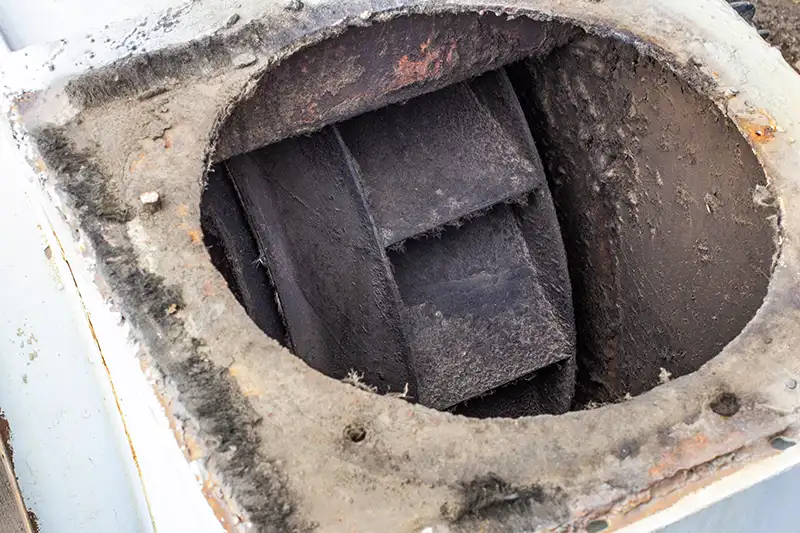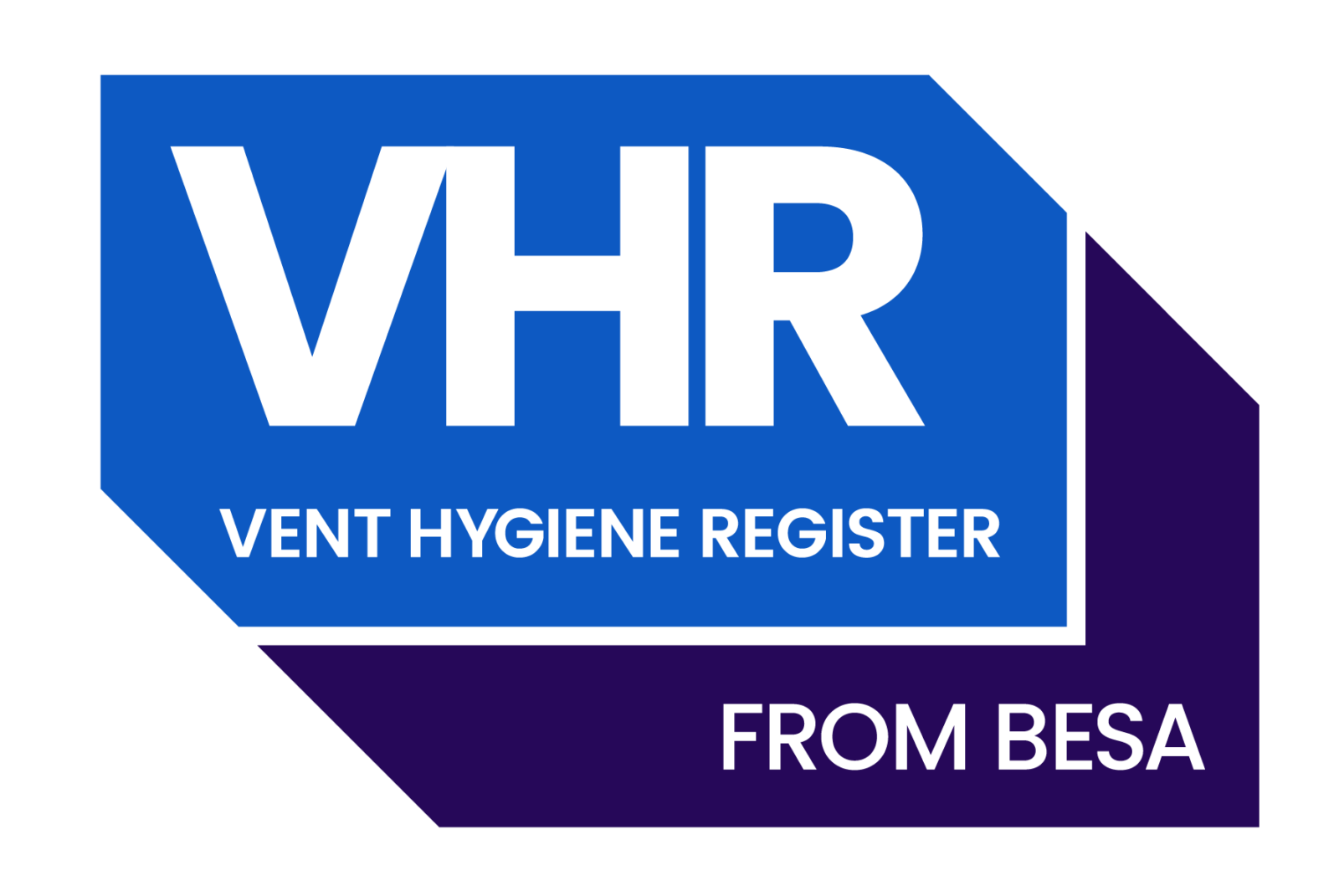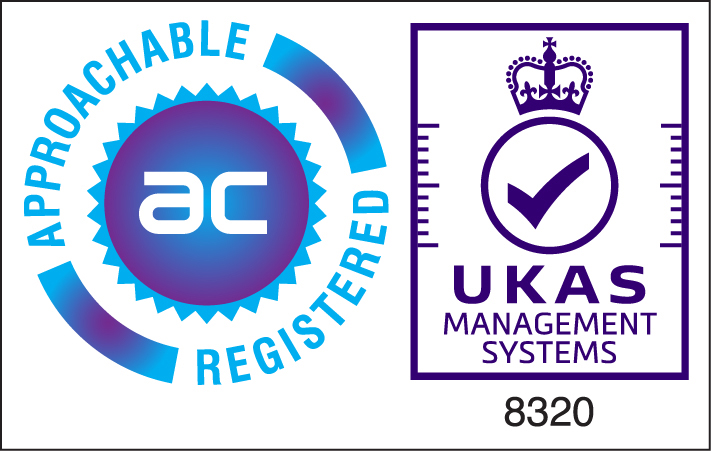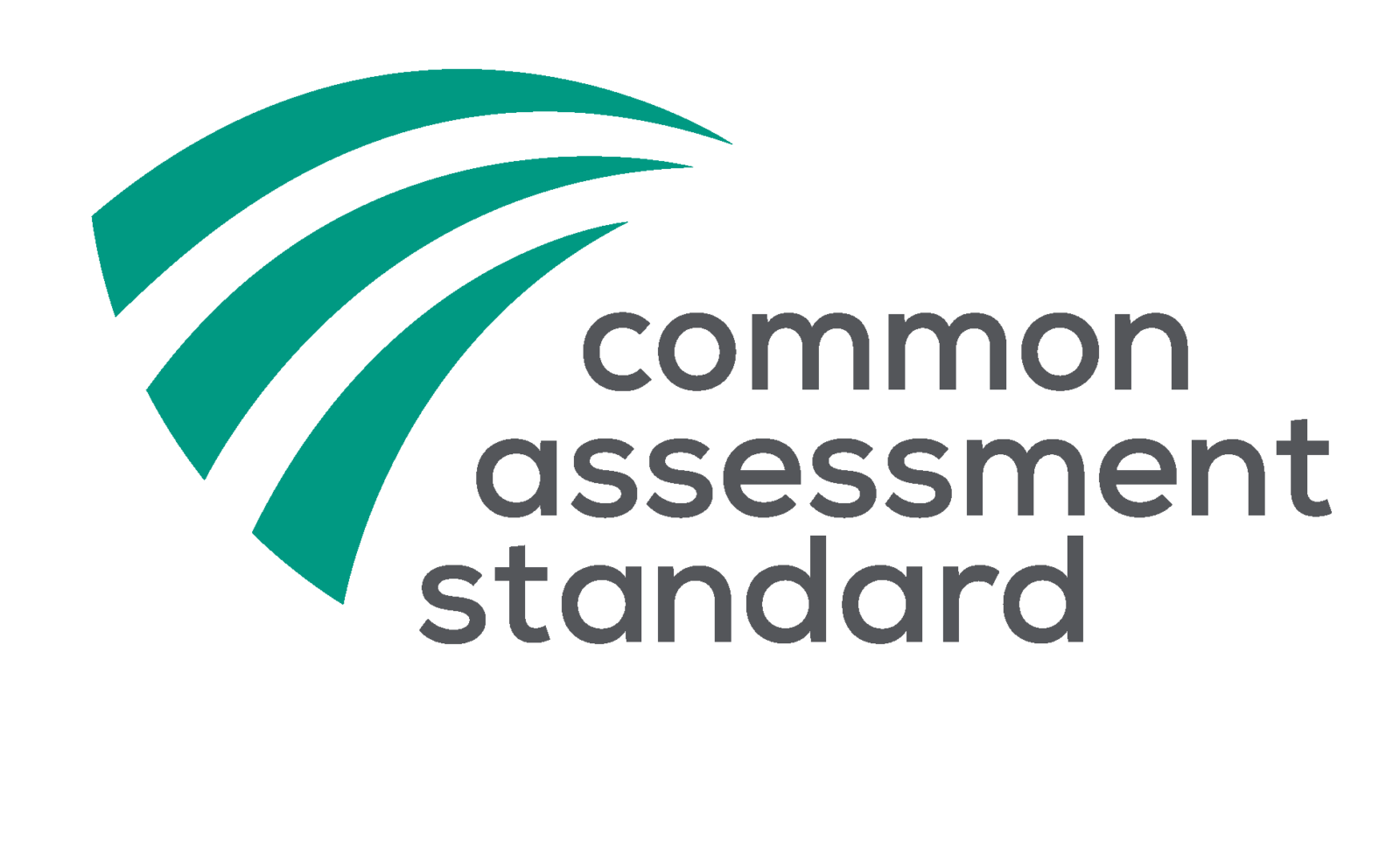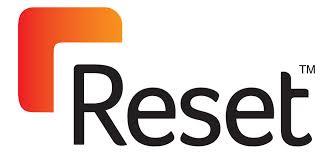With an estimated 70% of commercial kitchen fires caused by the build-up of fat and grease, kitchen operators must ensure their extraction and ventilation systems are inspected and cleaned regularly.
The TR19 Grease® standard was developed by the Building Engineering Services Association (BESA) to standardise the inspection, cleaning, and maintenance of kitchen extraction systems and the connecting ductwork. These standards are recognised by the ABI, the Association of British Insurers (and all their members) and environmental agencies.
While TR19 Grease® is not a legal requirement, in most cases your buildings and contents insurance will be discounted as invalid if a commercial kitchen cannot prove that any ductwork and extraction equipment on site has been inspected as part of a TR19 approved cleaning schedule.
The kitchen extraction cleaning process
The TR19 Grease® cleaning standard is a comprehensive set of processes for carrying out the safe inspection, cleaning, and post-cleaning verification of kitchen extraction equipment and ductwork. Each of these processes is covered in more detail below:
Access Panels
The first part of the standard refers to the access panels needed to get at the inside of the ductwork of the kitchen extract system. Recommendations are laid out that there should be a sufficient number of access panels in the ductwork and that these panels are of sufficient size and quality so that proper inspection can take place.
The number of access panels or their distance apart is specified as being every 2 metres minimum, also they must be placed in strategic positions around the system so that ALL of the ductwork can be inspected. It is also recommended that access panels are positioned on the side of the ductwork where possible. If this is not possible then it is acceptable to place them on top or on the underside of the ductwork as a last resort, so long as care is taken to ensure they are properly sealed to avoid grease leakage from the underside. All access panels must also be made of the same material as the ductwork, and secured by quick release catches to allow easy access in accordance with the BESA standard DW144.
Inspection
The second part of the standard covers the inspection process itself. Ductwork must be inspected at regular intervals. The exact schedule for inspection is determined after several periodic inspections by a specialist firm such as VSS have been completed.
The maximum amount of time allowed between inspections is 12 months.
A periodic inspection must also be carried out before any duct cleaning begins. This is to assess if the current cleaning schedule is adequate. If the build-up of grease is higher than expected during this inspection, a change to the inspection schedule may be recommended.
The following two types of tests are authorised for use during inspection; the Wet Film Thickness Test (WFTT)-this is used for soft deposits such as grease and cooking oil but the Deposit Thickness Test (DTT) is used for hard carbonised deposits.
During the inspection, measurements of dust deposits and grease build-up must be taken as close to the following 7 duct locations as possible:
- Behind the canopy extract plenum filters
- Duct – 1m from the canopy
- Duct – 3m from the canopy
- Duct – Midway between the canopy and extractor fan
- Upstream of the extractor fan
- Inside the Fan chamber itself
- The discharge duct downstream of the extractor fan
Kitchen extraction cleaning processes
Kitchen extraction cleaning processes are required to safely remove fats, oils, grease and carbonised grease deposits. The following five cleaning steps may be necessary:
Manual wiping
The cleaning process might with the manual wiping of the duct surface area with a suitable cloth soaked in degreaser.
Manual scraping
Any hardened carbonised deposits, or, (now softened by the above degreaser), toffee-like grease substances within the duct system are then removed by manual scraping.
Chemicals
Degreasing chemicals are almost always used to soften and dissolve deposits before scraping. These must be safely removed by scraper, or using absorbent granules and mechanical extraction by brush and fan from the system to complete the cleaning
Mechanical high-pressure cleaning
Deposits that cannot be removed by either manual or chemical methods might be removed using high-pressure cleaning equipment. However, this is unsuitable for most UK designed systems, so care should be taken to ensure the system is suitable for high-pressure cleaning.
Mechanical blasting
If all other methods fail, mechanical blasting can be used in certain circumstances to remove stubborn carbonised deposits. These deposits must then be removed by vacuuming before the system is flushed clean.
The TR19 Grease® standard proposes a typical cleaning schedule, but this will differ for individual properties. Multiple inspections must be carried out regularly by specialists before an accurate cleaning schedule can be recommended. It is a parallel with our current pandemic policy in that it is better to test and inspect often and well , rather than resorting to brainless 6 monthly cleaning, when this might not even be necessary!
As a starting point, Table 4 of TR19 Grease® suggests going back to a cleaned site after the following initial month cycles
Heavy use (12-16 hrs a day) – after 3 months
Moderate use (6-12 hrs a day) – after 6 months
Light use (2-6 hrs a day) – after 12 months
However, a Professional Company will sometimes, if not often under the new TR19 Grease®, say to the Client : ‘You do not need to clean your system at this time ,and we will report on this to the Elite Cloud –based database. You will hence be insured under our inspection plan, AT NO ADDITIONAL COST.
Post-cleaning verification
The final TR19 Grease® requirement is perhaps the most important –proving that the clean has been carried out as thoroughly as the tests need for it to pass. The reading needs to be under the barrier of 50 microns of grease and 50 microns is 50 thousandths of a millimetre in height of the grease coating the ductwork after cleaning. If it is under, this covers the verification of the kitchen extraction cleaning process. The first part of verification is visual – all surfaces must be visually checked to ensure they are capable of meeting minimum cleanliness standards but the MAIN Scientific part of the test is that deposits left in the system following cleaning must be measured using either the DTT or WFTT methods. Any remaining deposits must be less than 50 μm in thickness.
Once the scientific verification is complete, a report must be completed that includes the following information:
- Measurements recorded before cleaning
- Measurements recorded post cleaning
- Photographic records of the inspection and cleaning process
- Details of any additional work carried out
- COSHH data on the chemicals used
- Any recommendations for future cleaning requirements
- A detailed schematic of the system indicating access panels
- Any other observations on the condition of the Ductwork
This report is then uploaded onto a National Database called Elite run by the BESA, and basic details off this Database may be requested by an insurance company or Government Agency as proof that a TR19-approved inspection and cleaning has been carried out. The outcome of a fire investigation pay-out will often hinge on the result of this report request so it is CRITICAL.
VSS cleaning teams are trained to inspect, clean, and verify kitchen extract ductwork systems to the TR19 Grease® standard. All our operatives are also trained to use the latest technology to reduce the amount of time TR19 Grease® inspection and cleaning takes, so you can relax in the knowledge that your kitchen extraction equipment is safe and fit for use.
Complete the contact form here to arrange a FREE no-obligation quote for TR19 Grease® kitchen extraction cleaning.

